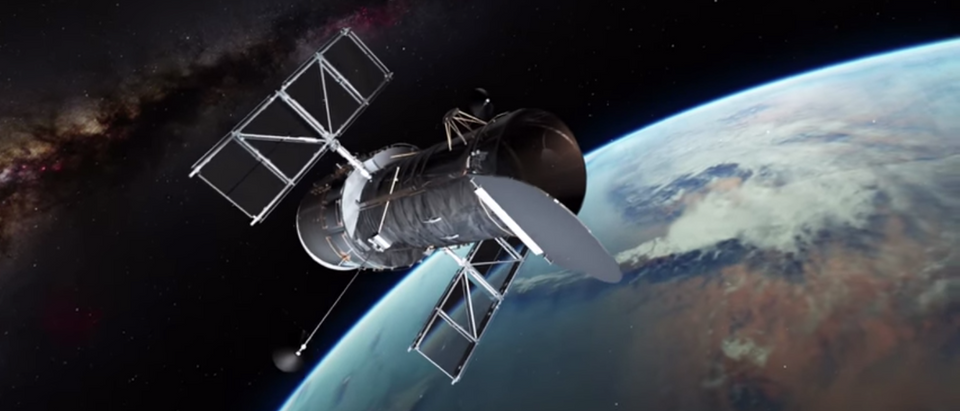President Trump has already signed the directive establishing the United States Space Force. For now, the Space Force will be a new branch of the military subordinate to the Air Force much as the Marine Corps is part of the United States Navy. The new organization will be relatively small and will include current space war-fighting assets of the United States military.
The first threat the Space Force must face is the United States Congress, which may or may not approve the new service branch. Presuming that the Space Force survives the legislative process, it will face several real threats to America’s space assets.
Tthe Defense Intelligence Agency released a non-classified report in February noting that Russia, a declining former super power, and China, an aspiring super power, are developing technologies to attack American space assets, including communications, navigation, and reconnaissance satellites. North Korea and Iran, both rogue states, are also considered possible threats.
In 2007, China tested a space weapon that blew up a defunct weather satellite. The test was successful but created a swarm of space debris. In a real war, the use of such weapons would render space inaccessible because of the amount of debris the destruction of satellites would cause. Even so, China’s arsenal of space weapons still includes kinetic energy missiles.
The DIA report suggests that China and to a certain extent Russia are developing a range of approaches to disrupt and even destroy American satellites. These technologies include electronic jamming, cyberattacks, directed energy weapons, such as lasers, designed to not so much destroy as to blind satellites, and orbital weapons that could capture or deorbit American satellites.
Not only the United States military but American society is dependent on space-based assets. An “orbital Pearl Harbor” could wreck both the American economy and the United States military’s ability to wage war against distant enemies. At the same time, Russia and China are developing their own satellite systems to enhance their militaries’ ability to conduct operations across the world.
The United States Space Force’s main mission will be to harden and defend American space assets against attack and to strike at enemy nations’ satellites in the event of war. Space is a new environment for war fighting, with its unique challenges that Space Force supporters note cry out for a branch of the military that can focus on conflict in that realm.
Going forward, as the United States expands its influence into space, including the moon’s surface, the Space Force’s mission will necessarily expand to protect deep space assets, as well. China especially will be a competitor in a new race to the moon and beyond. A Space Force presence on the moon would serve a peace-keeping function, ensuring that any unfriendly power such as China or Russia will not be tempted to interfere with NASA, allied, or commercial operations on Earth’s nearest neighbor.
Space debris remains a chronic problem and is only getting worse as satellites reach the end of their useful lives. One possible mission for the Space Force would be to help clean up this debris. The task would provide an excellent peacetime practice for orbital operations, honing skills that would be useful in time of war.
The Space Force could also have a missile defense role. The Trump administration is interested in reviving the Reagan-era SDI program and deploy anti-missile weapons in space.
Just as aviation’s development in the 20th century led to the establishment of a separate United States Air Force soon after World War II, space as a venue for exploration, commercial enterprise, and military operations inevitably leads to a separate Space Force. The ability to keep the peace and, failing that, wage war in space are vital to the continuation of the United States, not only as a super power, but also a sovereign nation.
Mark Whittington (@MarkWhittington) is the author of Why is It So Hard to Go Back to the Moon? and The Moon, Mars and Beyond. He also operates his own blog, Curmudgeons Corner.
The views and opinions expressed in this commentary are those of the author and do not reflect the official position of The Daily Caller.


